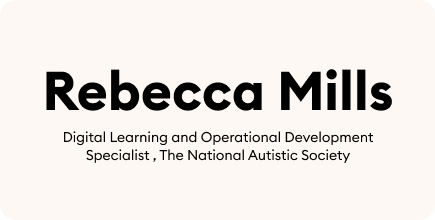
How to Add a Hyperlink to a PowerPoint Presentation (PPT)
Hyperlinks make a presentation non-linear by connecting it with other slides, documents and web pages. This guide demonstrates how to...

Hyperlinks make a presentation non-linear by connecting it with other slides, documents and web pages. This guide demonstrates how to...

If you’re an emerging instructional designer looking for the right course creation tool, you’ve probably heard of Adobe Captivate, one...

Learning often looks tidy on paper: a course, a deadline, a completion rate. But in reality, it’s rarely that simple...

If you want to choose a learning management system (LMS) that meets the following criteria, you’re in the right place:...

Learning and development is one of the core HR responsibilities and significantly affects business success. Without it, employees don’t grow...

With the remarkable increase in the number of online learners, the demand for sophisticated Learning Management Systems (LMSs) is skyrocketing...

Think of a movie that has breathtaking special effects but no storyline. Does it have any chance of becoming a...

We’ve all been there: while preparing a presentation, you stumble upon an image — one that captures your message brilliantly...

With a strong background in language education and digital design, Foteini Sofouri has built her career around creating learning experiences...

No matter whether it’s students or adult employees, your audience stops listening to your presentation after 10 minutes. To keep...

You don’t need to spend hundreds of dollars monthly to create great training content. There are many free eLearning authoring...

At iSpring, we live and breathe presentations. We know that whether you’re training a team, pitching a client, or teaching...

If you’re handling training for a growing organization, picking the right LMS feels like a big decision — one that...

With over ten years of experience in L&D, Diana Păun has built a reputation for transforming complex, highly technical topics...

Whether you’re selling courses or training employees, customers, or partners, delivering a branded learning experience can boost engagement, trust, and...

Litmos or SAP Litmos is a widely used and well-respected learning platform for mid-sized and larger companies. However, the eLearning...

When you talk to Rebecca J. Mills, you immediately sense both precision and creativity. After a decade in education, she...